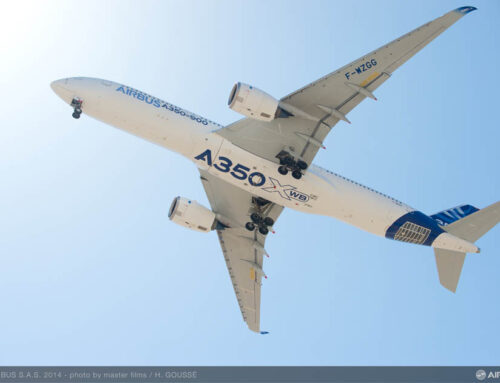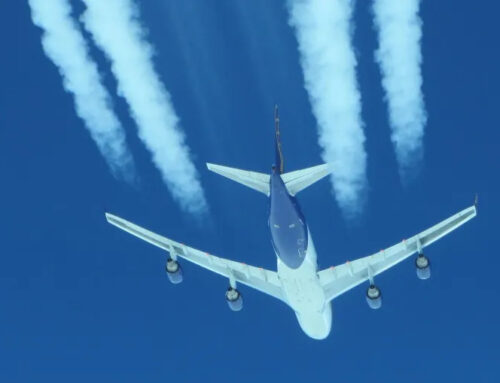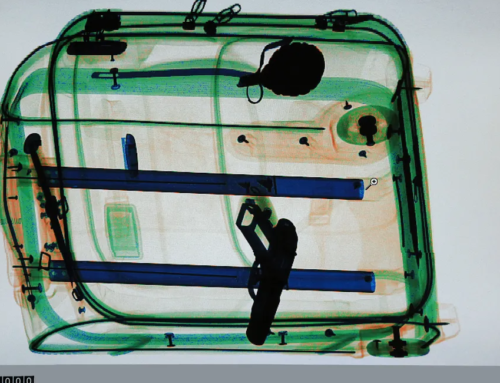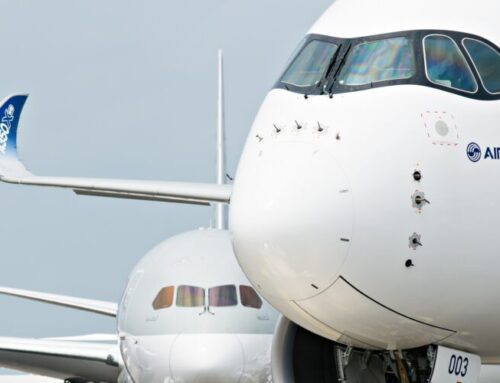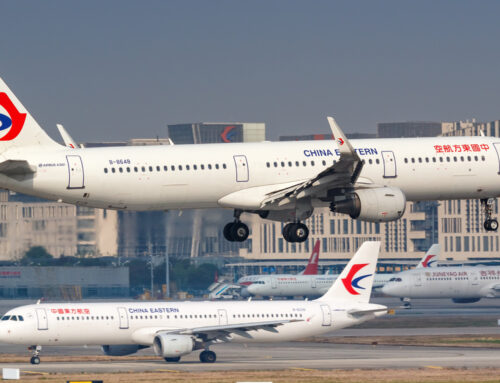
Federal authorities are conducting an investigation into Boeing following a whistleblower’s serious allegations about the manufacturing processes of the 777 and 787 Dreamliner jets. Engineer Sam Salehpour, the whistleblower, claims that Boeing compromised on manufacturing standards, posing potential catastrophic risks as the planes age.
Salehpour’s concerns, first reported by The New York Times, center on what he describes as quality issues that could significantly reduce the lifespan of these aircraft. He emphasized his motive as wanting to avert potential disasters and improve Boeing’s operational standards rather than undermine the company.
The Federal Aviation Administration (FAA) has taken steps to investigate these claims thoroughly, confirming that they engage with all whistleblower allegations to maintain aviation safety standards. Salehpour’s attorney, Lisa Banks, noted that the FAA had interviewed him as part of their probe.
Boeing has responded to the allegations, particularly disputing the claims related to the structural integrity of the 787 Dreamliner. The company asserts that their extensive efforts ensure the quality and safety of the aircraft, contrary to what the whistleblower suggests.
The 787 Dreamliner, which has been in service since 2011, was designed for a long service life, potentially reaching 50 years or 44,000 flights. However, Salehpour alleges that improper assembly techniques, specifically inadequate filling of tiny gaps in the fuselage, could lead to increased wear and tear and ultimately, premature failure of the aircraft.
These allegations are not entirely new. The FAA and Boeing had previously paused deliveries of new Dreamliners for nearly two years, starting in 2021, to investigate these gap issues. Although Boeing resumed deliveries after adjusting their manufacturing processes, Salehpour’s recent statements suggest that problems persist.
The whistleblower also described witnessing improper assembly methods, such as workers physically jumping on plane parts to align them, a method he criticized for potentially deforming parts and compromising structural integrity.
Furthermore, Salehpour claims that after he reported these issues, Boeing retaliated by transferring him from the 787 to the 777 program. In his new role, he reportedly uncovered further problems, including misalignment issues and pressure on engineers to approve work they hadn’t inspected.
These revelations have prompted a Senate subcommittee to schedule a hearing to further investigate the matter.
Overall, the whistleblower’s allegations involve potentially significant safety issues affecting over 1,400 aircraft across the 777 and 787 models. The aviation community is closely watching as the FAA’s investigations unfold, hoping for resolution and reassurance on the safety of these popular aircraft models.
Sources: AirGuide Business airguide.info, bing.com, cnn.com

